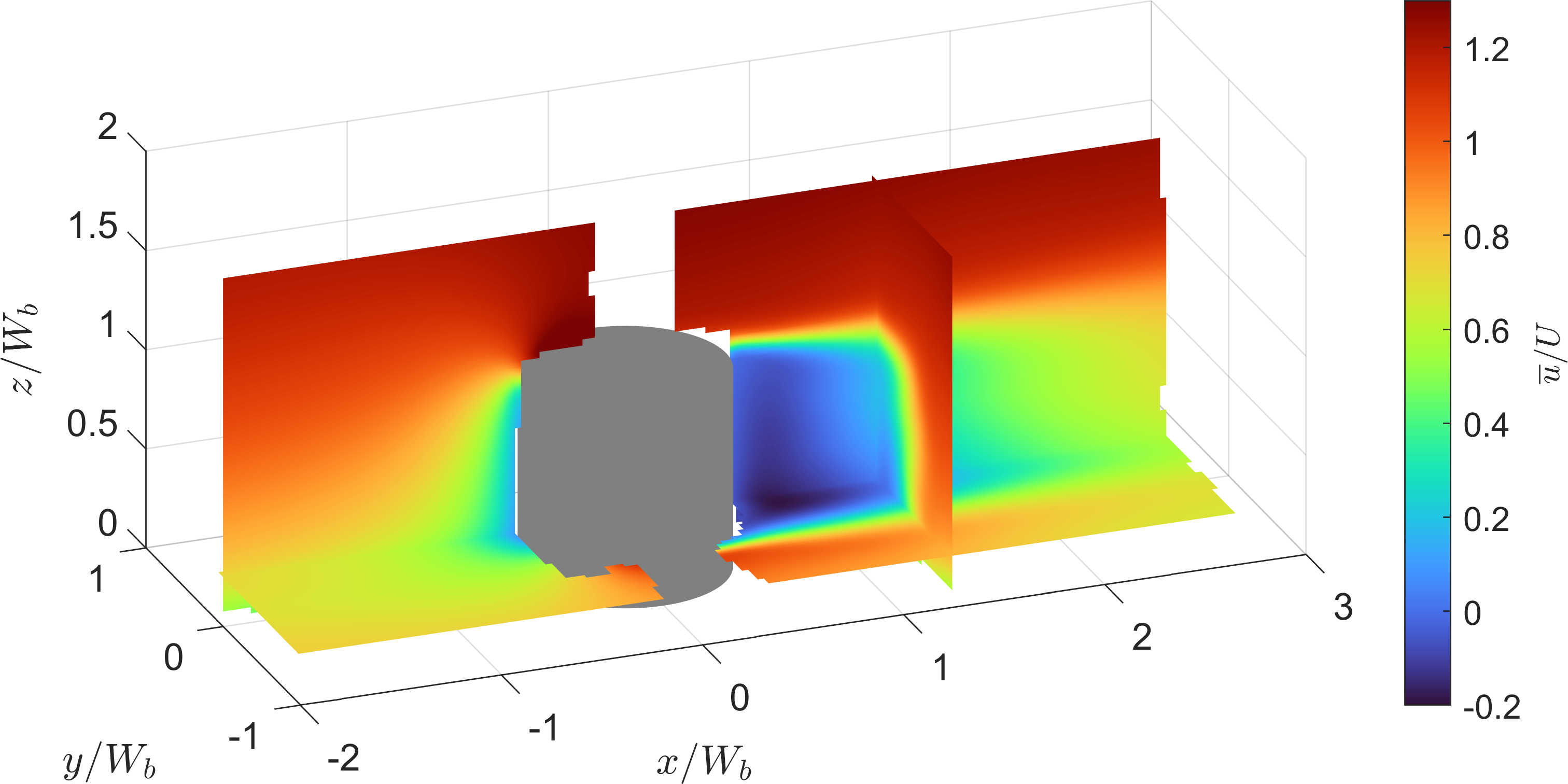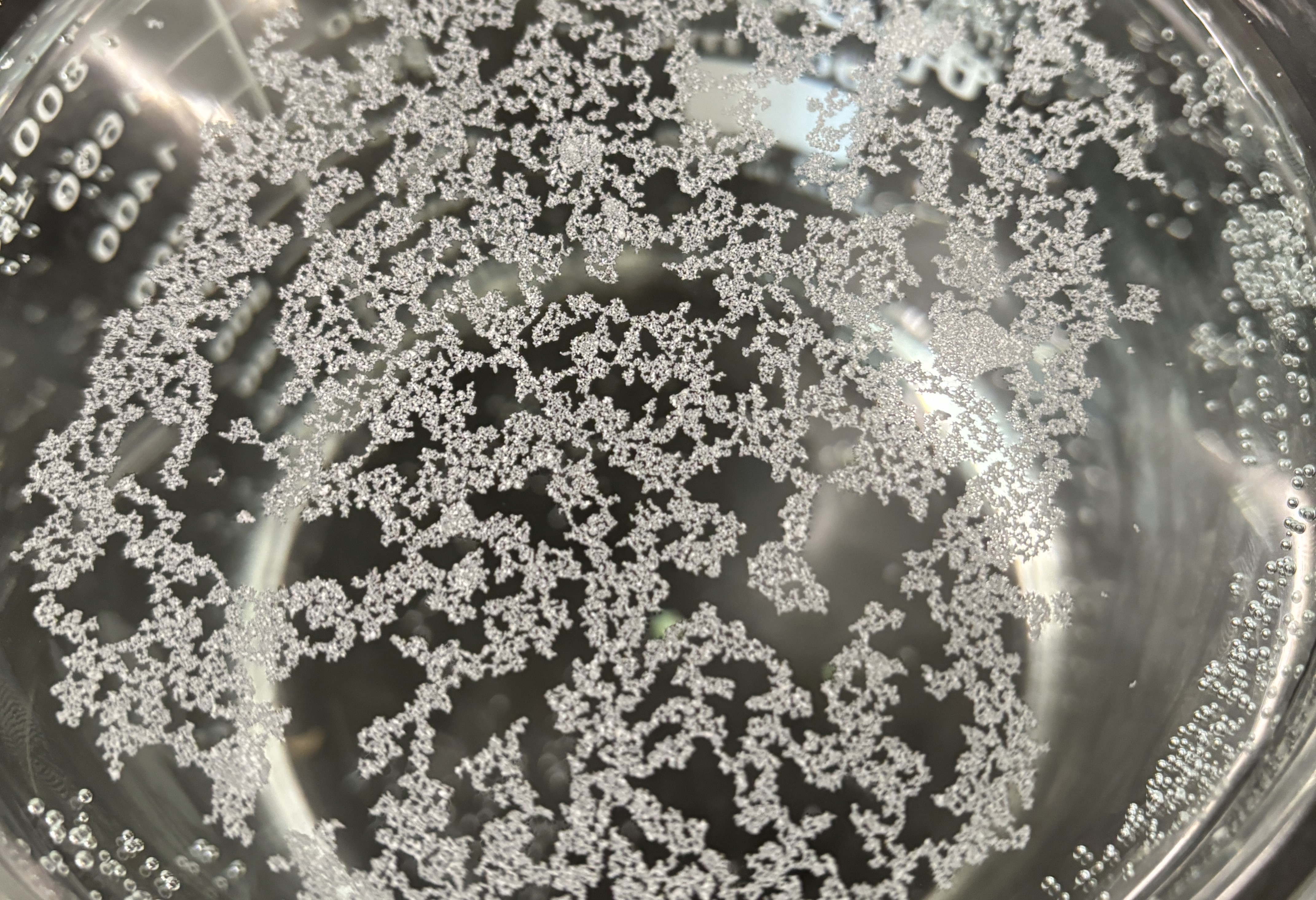Research
The Hydraulics and River Dynamics Lab advances understanding of river and environmental flow characteristics, sediment transport processes, river-ecosystem interactions, and contaminant fate and transport in the environment. We use state-of-the-art measurement techniques to improve designs for hydraulic infrastructure and approaches to natural resource management.
River Processes & River-Ecosystem Interactions
Flow and Turbulence Characteristics

Our work focuses on advancing the understanding of river fluid dynamics through precise flow measurement and characterization. Using state-of-the-art experimental techniques such as Particle Image Velocimetry (PIV), we investigate complex and wake flows, uncovering the characteristics of turbulence structure that can be used to understand physical processes and validate numerical models.
A key component of our research focuses on near-bed flows to gain deeper insights into sediment transport processes. By exploring the interaction between flow structures and sediment dynamics, we aim to enhance predictive models relevant to engineering, environmental management, and geophysical applications. Through rigorous experimentation and analysis, our work contributes to the broader understanding of fluid mechanics in natural and engineered systems.
Sediment Transport
Our research explores the intricate interactions between near-bed fluid dynamics and sediment particle transport. A key focus of our work examines how complex and obstructed flows—such as those around obstacles—affect sediment movement and scour formation. By investigating these processes, we seek to uncover the fundamental mechanisms driving sediment erosion and deposition in natural and engineered environments.
Beyond advancing our understanding of these physical processes, our work aims to develop predictive relationships that can inform river engineering applications. By bridging experimental insights with practical prediction approaches, we contribute to improving the design of hydraulic structures, mitigating erosion risks, and enhancing sediment management strategies in rivers and waterways.
Contaminant Transport
Microplastics and PFAS Co-Transport

Our research investigates the environmental transport dynamics of microplastics, with a particular focus on their co-transport with per- and polyfluoroalkyl substances (PFAS) adsorbed on their surfaces. A key aspect of our work is understanding the aggregation, or flocculation, of microplastics, which leads to the formation of larger particle clusters with higher settling velocities than individual microplastics. By examining the effects of environmental factors such as suspended sediment and salinity, we aim to improve our understanding of how microplastics behave in aquatic systems.
In addition to surface water studies, we are exploring the transport of microplastics through groundwater using large-scale experimental facilities. By studying these complex transport mechanisms, our research contributes to a deeper understanding of the fate and transport of microplastics in diverse environmental settings, ultimately informing pollution mitigation and management strategies.
